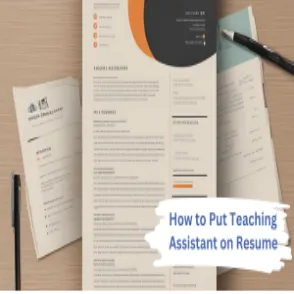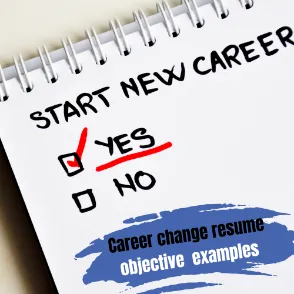Effectively positioning your training experience on your resume can enhance its impact and make it more noticeable to potential employers. Here's how to strategically place your training experience based on different resume formats and your career goals:
1. Work Experience Section
For most professionals, the most straightforward and effective placement for training experience is within the work experience section. Here’s how to incorporate it:
-
As a Key Responsibility:
If training was a part of your job duties, list it under the relevant job title. Use bullet points to detail what your training duties involved, whom you trained, and any specific outcomes or improvements that resulted from your training.
-
As a Standalone Entry:
If your role was primarily focused on training (e.g., Corporate Trainer, Training Manager), consider listing it as a separate job entry. This allows you to elaborate on your responsibilities, the skills you developed, and the impact of your training programs.
2. Skills Section
If training is one of your strong suits, you can highlight it in the skills section of your resume. This is especially useful if you're applying for a job where training capabilities are highly valued. You might list skills such as "Employee Training & Development," "Instructional Design," or "Workshop Facilitation."
3. Professional Summary
For those who want to immediately draw attention to their training experience, the professional summary at the top of the resume is a great place. You can mention your training experience as part of your professional identity. For example:
-
"Experienced project manager with a strong background in training interdisciplinary teams and improving operational efficiency."
Must See:
Executive Manager Resume Sample - Detailed Guide
4. Achievements Section
If your training efforts have led to measurable success stories, you might consider creating a specific achievements section on your resume where you can highlight these. For example, you could mention a training program you developed that resulted in a 50% decrease in employee turnover.
5. Education Section
If your training experience is academic in nature or if you've conducted training in educational settings, you can include this experience in your education section, especially if you taught or developed courses related to your field of study.
6. Certifications or Continuing Education
If you have received formal training credentials or certifications (like a Certified Training Professional), list these in a separate certifications section to underscore your expertise
The placement of your training experience should reflect its relevance to the positions you are applying for. If training is central to the jobs you're targeting, make it prominent by placing it near the top of your resume.For roles where training is less critical but still valuable, it can be integrated into your general work experience or skills sections.




